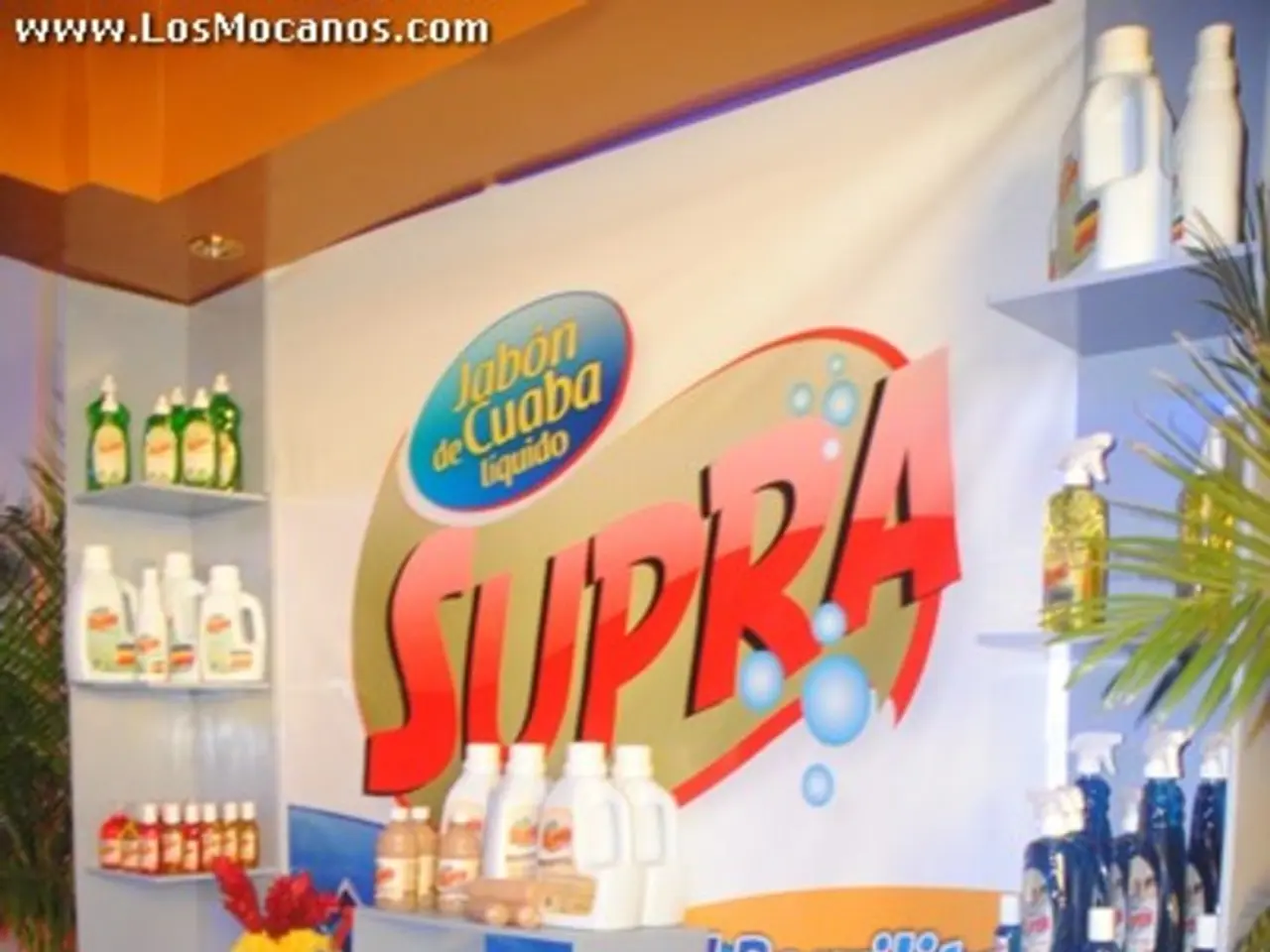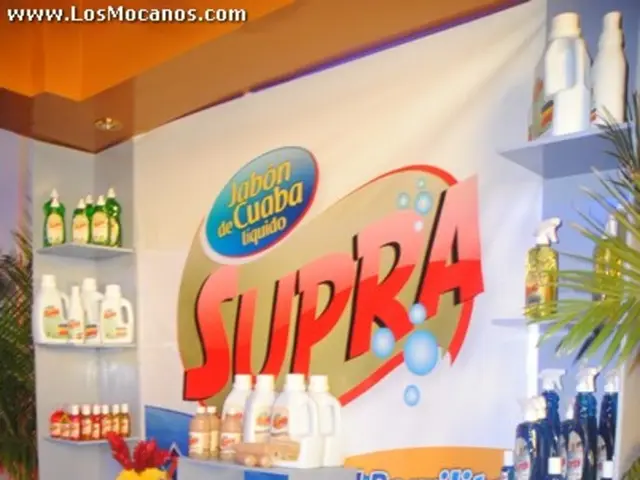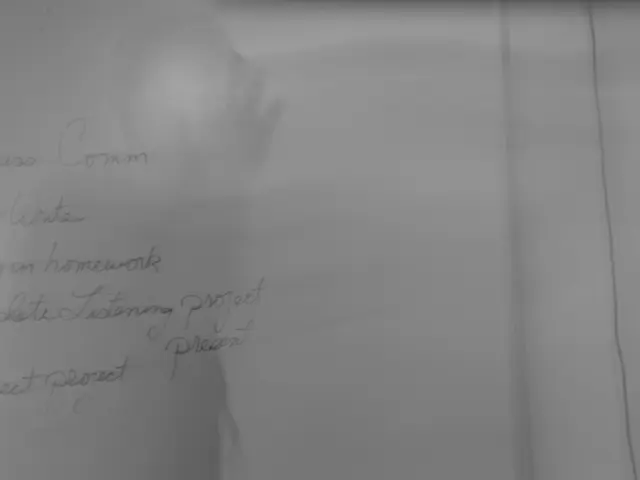Capri Holdings Reports Challenging Quarter Amid Asia Sales Slowdown
Capri Holdings, owner of luxury brands like Michael Kors and Versace, has reported a challenging quarter. Despite retail sales improvements in the Americas and EMEA, Asia sales slowed. The company's wholesale sales remained a concern, leading to a full-year revenue drop of 8% to $5.2 billion. Capri's chairman and CEO, John Idol, expressed disappointment and plans strategic initiatives for long-term growth.
Capri's revenue breakdown showed a significant decline for Michael Kors, dropping from approximately $4 billion in fiscal 2022 to $3.5 billion in the current fiscal year. This trend continued into the fourth quarter, with Michael Kors' revenue declining 9.7%, Jimmy Choo falling 9.3%, and Versace decreasing 3.6%. The company anticipates free cash flow to normalize in fiscal 2025.
Capri's planned merger with Tapestry, which would create a $8.5 billion acquisition and form one of the largest luxury companies in the USA, has faced a setback. The FTC has sued to block the merger, challenging the project involving Capri Holdings, owner of Versace, and Tapestry, owner of Coach.
Capri Holdings' fourth quarter revenue declined 8.4% to $1.2 billion year over year. While retail sales improved in some regions, the company faces uneven market challenges, as seen in the robust revenue growth reported by Prada and Zegna. Capri Holdings aims to address these challenges through strategic initiatives, with the long-term goal of normalizing free cash flow by fiscal 2025.
Read also:
- Trade Disputes Escalate: Trump Imposes Tariffs, India Retaliates; threatened boycott ranges from McDonald's, Coca-Cola to iPhones
- Aquatech purchases Koch's Direct Lithium Extraction business, merging Li-ProTM DLE technology into the PEARLTM Technology Platform.
- Nepal's Journey: Evolution from Street Life to Political Power
- Li Auto faces scrutiny after crash test involving i8 model and a truck manufacturer sparks controversy




